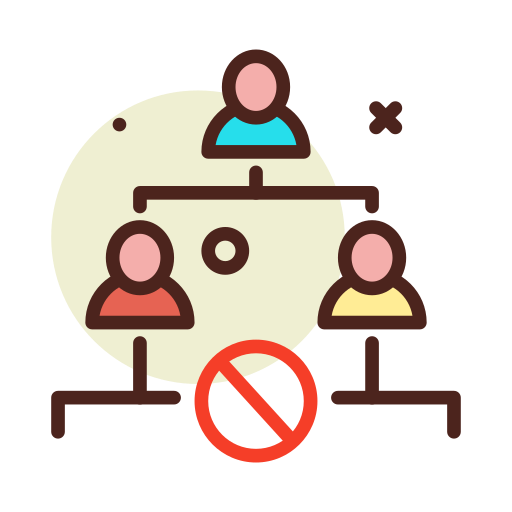Interruptions are the bane of the creatives and yes, that includes you, software engineers of the world. Let’s dig a little deeper into why interruptions are bad by explaining “flow”
What is flow?
Flow is a mental state that allows for deep concentration on a task without noticing the surrounding environment or the time.
Think of the last time you began work, looked at the time, and 3 or more hours had passed and you did not even realize it.
Why is it important?
For anyone involved in engineering, design, development, writing, or similar work, flow is your most productive time and for the vast majority, it is the only way to “get anything done”.
The above statement usually surfaces as a comment saying “I can’t get anything done from 9-5”, or your team deciding to work early or stay late just to accomplish anything meaningful.
The problem
In a normal 8 hour day, engineers and everyone else, are at odds on how to best utilize their time.
Managers, Product Managers, Executives, Sales, and most everyone that needs something from Engineers thrives on a day full of interruptions. Meaningful work for non-engineers looks like constant interruptions, status meetings, impromptu discussions to come up with action items, and similar items. We pride ourselves on the fact that we can keep track of 10+ things in our heads. For proof, just look at the calendar for anyone not doing software engineering.
Exaggerated calendar view for a manger

This interruption driven style of work then permeates to the daily life of our engineers, and soon enough, their calendars start looking like the one above, Yikes! and we dare to wonder why the engineers “don’t get anything done”
What can we do about it?
The first step is to measure the interruptions, then take action.
A really good starting point as mentioned by Tom DeMarco and Tim Lister in Peopleware: Productive Projects and Teams (3rd Edition) is to measure the proportion of uninterrupted hours to total hours, they call it the e-factor as in “environmental factor
If you buy the idea that a good environment ought to afford workers the possibility of working in flow, the collection of uninterrupted-hour data can give you some meaningful metric evidence of just how good or bad your environment is.
Whenever the number of uninterrupted hours is a reasonably high proportion of total hours, up to approximately 40 percent, then the environment is allowing people to get into flow when they need to.
Much lower numbers imply frustration and reduced effectiveness.
We call this metric the Environmental Factor or E-Factor.
(Tom DeMarco and Tim Lister, 2013)
The number might be low, to begin with, but constantly watching the e-factor and aiming to increase it, should lead to new measures to reduce interruptions being introduced
How do we get better?
When it comes to actual action items, your team will know best. Talk to them, experiment, and measure your team’s e-factor constantly.
To get started, here are some practices that have helped teams around the world:
- Introduce a strong commitment to quality, which reduces support, and thus reducing interruptions
- Time management techniques such as
- Pomodoro
- Block “maker time” in your calendar
- Turn on do not disturb settings on your phone and computer
- Visible chat signals so others know about “flow” time
- Writing objectives on paper before starting work
- Knowing and practicing when and how to say no, or better said, “not now, but let me get back to you”
- Email rules to surface important items and hide or delay “noise”
- Separate machines for work and personal use
- Quiet environment
For more great ideas, see Scott Hanselman’s productivity tips
Best of luck and happy “flow”
Icons made by Darius Dan from www.flaticon.com